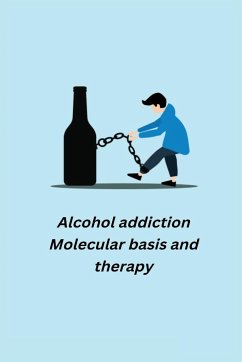The prevailing means of treatment of alcohol addiction has been found to be inadequate necessitating further search for effective anti-addictive compounds. Several reports highlight an important role of the endogenous opioid system in alcohol dependence. In the present study, attempts are made to examine the efficacies of different series of novel compounds, synthesized in-house, on the basis of strong rationale of possible interaction to the multiple opioid receptors. A selected few were investigated for their efficacy as therapeutic agent for decreasing voluntary alcohol intake. We had previously synthesized a quinoline compound, S4 (2-(2-methylquinolin-4-ylamino)-Nphenyl acetamide), having dual affinity forµ- and K-opioid receptors (KOR), which successfully inhibited withdrawal symptoms in mice rendered dependent on rmrphine. We found S4 to reduce alcohol intake in alcohol preferring (AP) mice of different strains, which were initially screened from a colony using two-bottle choice. Further studies on the mechanism of action of S4 suggested that it could effectively restore the altered epigenetic patterns at the level ofhistone H3 rmdifications in the AP mice, to that of alcohol avoiding mice. S4 could be a novel compound for developing effective drugs against alcoholism/alcohol abuse. Some novel iboga-analogues consisting of benzofuran moiety and dehydroisoquinuclidine ring connected by short linkers have been synthesized. Few compounds showed binding at the µopioid receptor (MOR), while one compound, Ila exhibited dual affinities at both MOR and KOR MAP kinase activation indicated all three compounds have opioid agonistic properties. Further studies dermnstrated that lla did not have any effect on voluntary alcohol consumption in mice and also found to be nontrermrigenic. However, lla caused significant antinociception in mice in the hot-plate test which was comparable to that produced by rmrphine. This study identifies a new pharmacophore which may lead to the development of suitable substitute of rmrphine in the treatment of pain.
Hinweis: Dieser Artikel kann nur an eine deutsche Lieferadresse ausgeliefert werden.
Hinweis: Dieser Artikel kann nur an eine deutsche Lieferadresse ausgeliefert werden.








